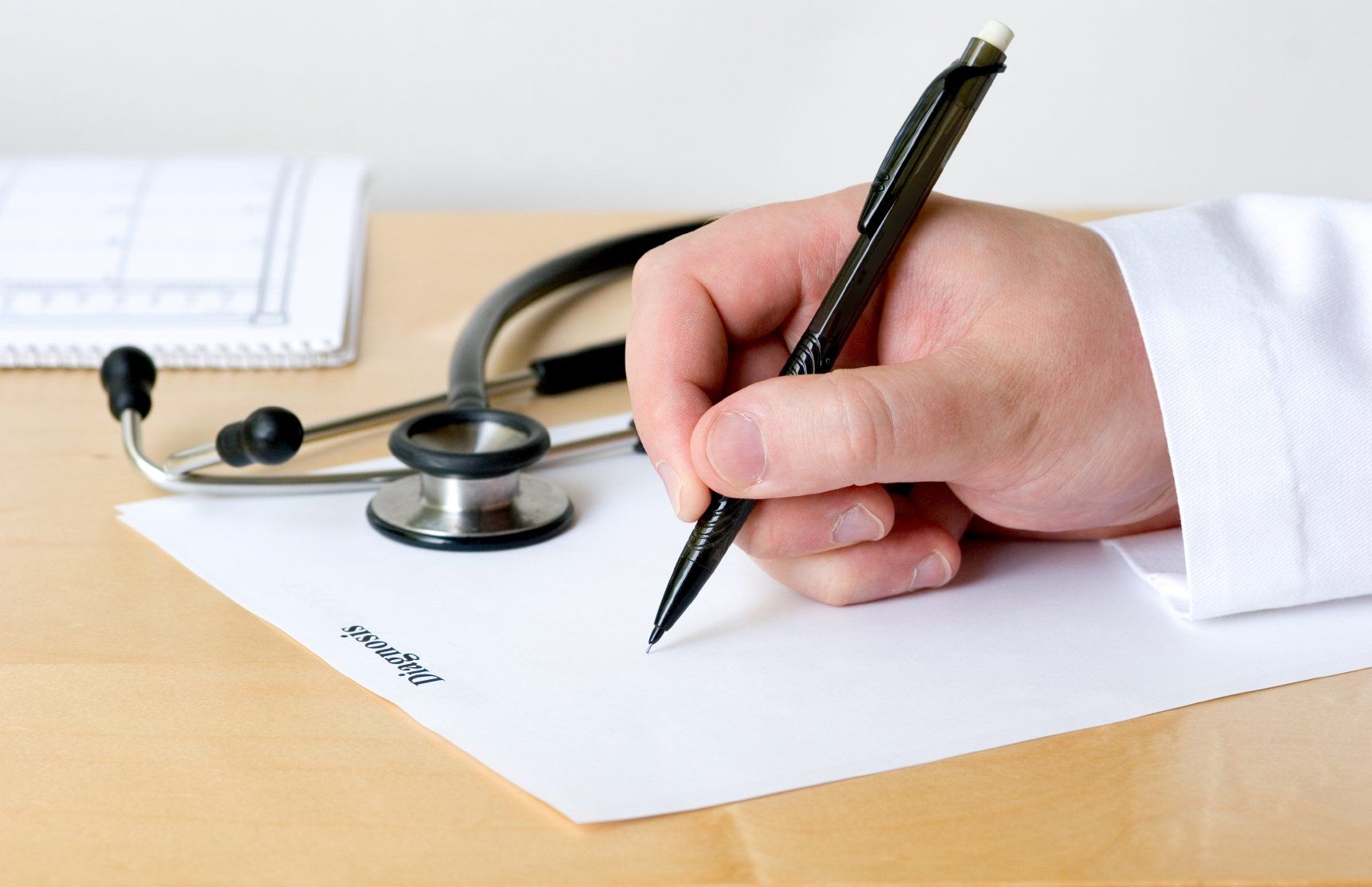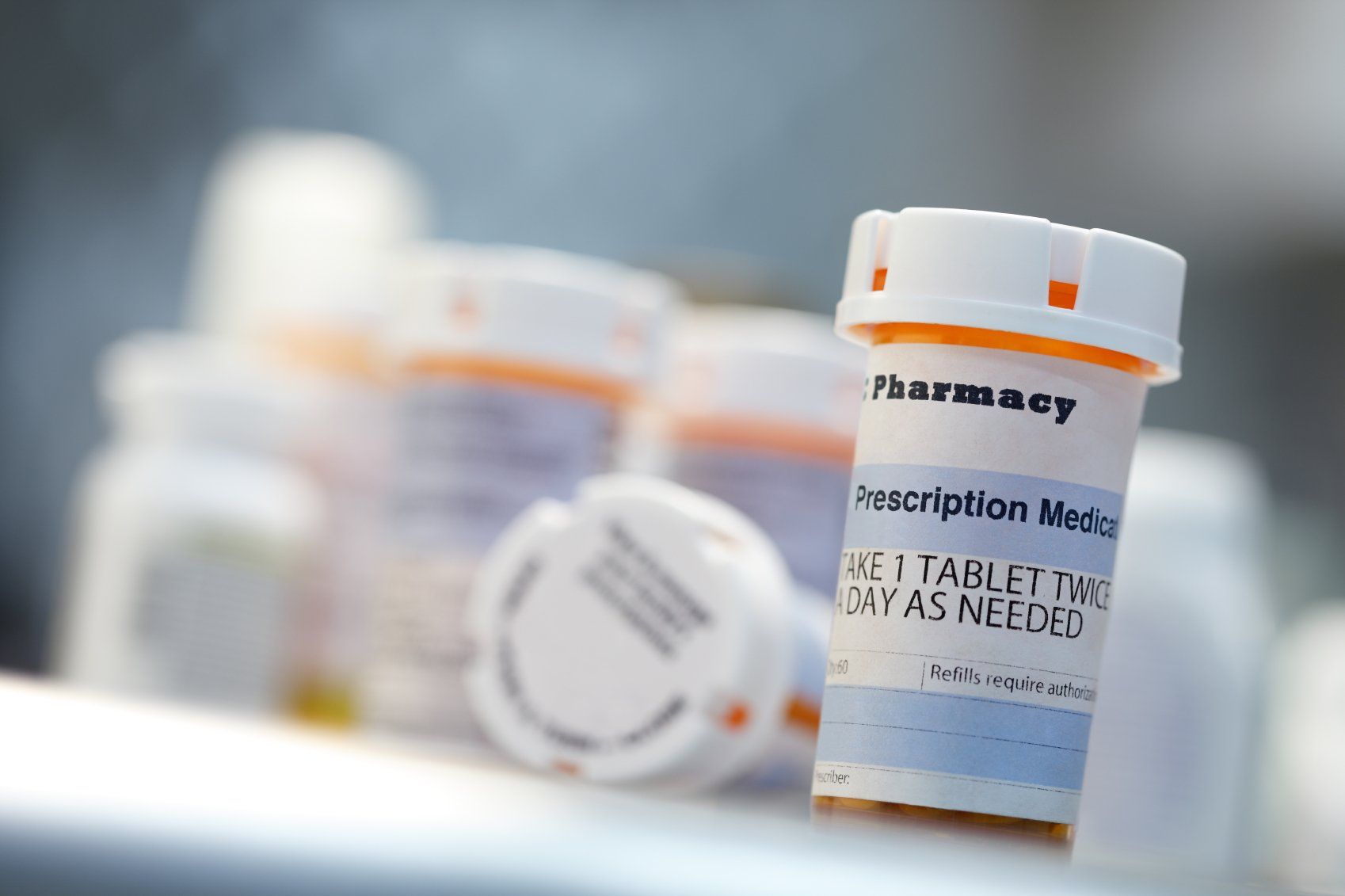EU MDR days to go
Medical device registration in UK post Brexit
Get Started
UKCA:
After Brexit (British exit) from EU, the transition period comes to end this year i.e. 2020. Thereafter the CE marking will not be enough to place certain products in Great Britain, they must possess the UK Product marking named as UKCA (UK Conformity Assessed) which is going to be implemented from Jan 2021.
Applications of UKCA
UKCA comes in to play when the products:
- Are meant to be marketed in Great Britain
- The product’s conformity assessment has been performed by the UK Conformity Assessment body
- If the legislation requires the UKCA marking
Exceptions
- The existing stock which is manufactured and approved to be placed on the market before end of the transition period is exempted from UKCA marking.
Basic Caveats of UKCA
- Only the manufacturer or the appointed Authorised representative can place the UKCA markings on the products
- The person placing the UKCA marking should be responsible for adhering to the conformity requirements proposed by the legislation
- One cannot use UKCA marking unless the legislation requires you to do so.
- Additional markings or disclaimers which hinders the visibility and legibility of UKCA marking must not be placed on the product package.
Technical documentation
The documents which signifies that your products adhere to the regulatory requirements must be kept for up to 10 years from the product introduction date in to the market. Depending on the product, the information required varies accordingly, but on general basis, the following information must be kept safe:
- The design and manufacturing process of the product
- Evidence of conformity of relevant requirements
- Storage facilities for products and the address of the manufacturer.
Product categories that must require UKCA without any transitional flexibility
- Construction products
- Medical devices
- Rail Interoperability
- Transportable pressure equipment.
Registration of Medical devices in UK:
Regulatory Body
Medicines and Healthcare products Regulatory Agency (MHRA) regulates medical devices and pharmaceutical products in UK.
Although UK has left the EU in march 2019 officially, the Medical Devices Regulation (MDR) and Invitro Diagnostics Regulation (IVDR) are still in existence and are the governing regulations in UK until the transition period comes to end.
Regulations
| Regulation |
Implementation date |
End date |
| Medical Devices Regulation Regulation (EU) 2017/745 |
5-5-2017 |
31-12-2020 |
| Invitro Diagnostics Regulation Regulation (EU) 2017/746 |
5-4-2017 |
31-12-2020 |
Classification of Medical devices
Until the transition period ends, UK sticks to the EU’s Conformity Assessment procedures which differ for each class of medical devices and are described in different Annexes.
Class I: Low risk devices e. g: Hospital beds, bed pans, sterile plasters (self- declaration or
self-certification)
Class II a: Medium risk devices e. g: Thermometers, Weighing scales (Annex VII)
Class II B: Medium risk devices e. g: Infusion pumps, ventilators (Annex II i.e. Full quality
assurance route)
Class III: High risk devices e. g: Implants, Stimulators (Annex II i.e. Full quality
assurance route)
Required technical documentation
For 5 years from the production of device, all the documents related to the device i.e. declaration of conformity, design dossiers, reports issued by NB must be kept. Manufacturers must also provide proof of Good Manufacturing Practice (GMP).
General route map for registering medical devices in UK
Step 1: Classify the medical device in to appropriate section from below
- Invitro Diagnostic devices
- Active implantable medical devices
- Medical devices
Step 2: Determine the class of medical devices from classes described above
Step 3: Prepare CE marking technical files and Clinical Evaluation Report (CER) according to
requirements stated in MDR.
Step 4: If you don’t have a firm location in Europe, hire a European Authorized
representative who functions behalf of you in the EU.
Step 5: Follow the conformity assessment procedures described in different Annexes for
different classes.
Step 6: Procure CE marking from the Notified Body.
Step 7: Market the device.

















